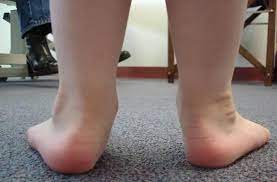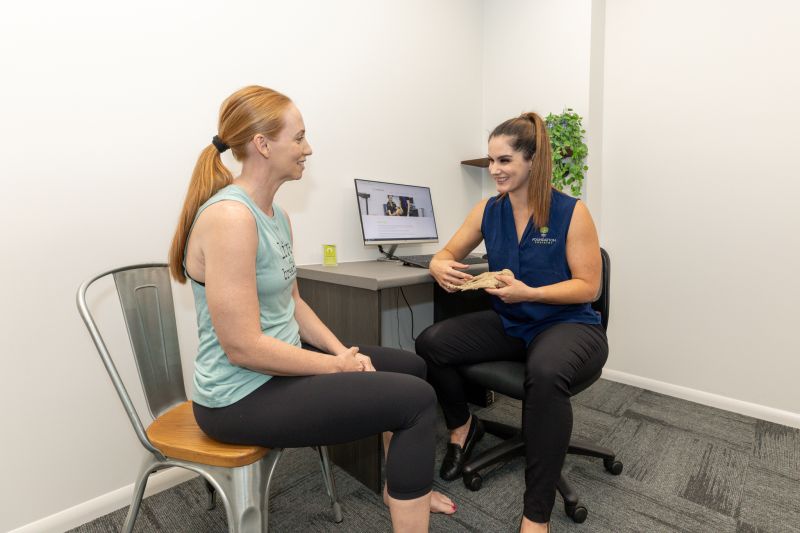More pages in this section
Flat Feet in Children
Quite often parents will bring their children into our clinic concerned about their child’s ‘flat feet’.
In most cases these ‘flat feet’ in children are part of normal development. Babies are born with flat feet, and as they develop into little people many developmental changes occur. As your baby starts crawling, cruising and then walking, this places different loads on their growing feet and leg bones, which go through many torsional changes. As your child becomes more active their muscles and ligaments also strengthen which provides more support to their feet. By roughly 7 years of age, children will have their adult foot and lower limb posture.

Possible Symptoms involved with flat feet
(It’s important to note not all children with flat feet will develop symptoms)
- Generalised lower limb and foot pain during and after increased activity
- ‘Growing pains’, or leg pain that occurs in the evening and may disturb sleep
- Awkward gait; poor co-ordination; clumsiness
- Tired or easily fatigued legs (don’t want to do the grocery shopping)
- Difficulty keeping up with their peers during sport and physical activity, sometimes no longer wanting to participate
- Possible increased risk of growth plate problems such as Sever’s Disease and Osgood Schlatter’s disease
Causes of Flat Feet in Children
- Tight calf muscles or achilles tendon
- Joint hypermobility – where the ligaments are more ‘floppy’ than they should be and therefore cannot provide adequate support to the joints allowing the arch to collapse
- Hypotonia – low muscle tone
- Other less likely but more serious causes such may include: Tarsal Coalition, Congenital Vertical Talus, Down Syndrome, Cerebal Palsy, connective tissue disorders such as Marfan’s Syndrome and Ehlers Danlos Syndrome
My child has flat feet, should I be concerned?
Treatment is not always required for children with flat feet. If your child is less than 6 years of age they still have potential to keep growing and changing and to develop an ‘ideal’ arch height.
You should be concerned if your child develops some of the symptoms mentioned above, has only one flat foot, or if they no longer want to participate in sport.
If treatment is necessary for your child, this will involve supportive footwear and foot and lower limb strengthening exercises. Non-customised or Customised Foot Orthoses may also be recommended. Supportive footwear and Foot Orthoses can quickly reduce a child’s symptoms and assist in improving their co-ordination and proprioception. They may also have a greater long term benefit in encouraging normal development whilst reducing the likelihood of lower limb related problems such as foot, ankle, knee, hip and lower back pain in adulthood.
Please give Foundation Podiatry a call today if you have any concerns regarding your child’s foot posture or development.









